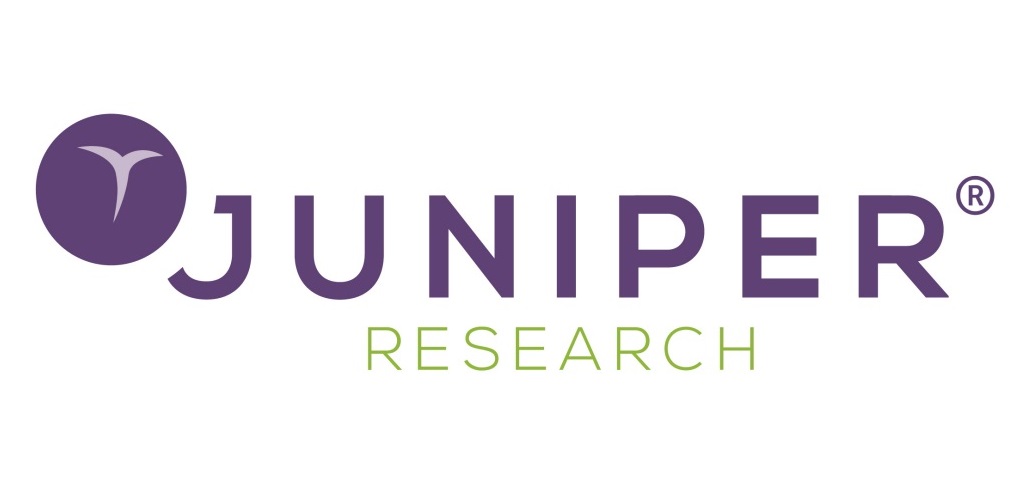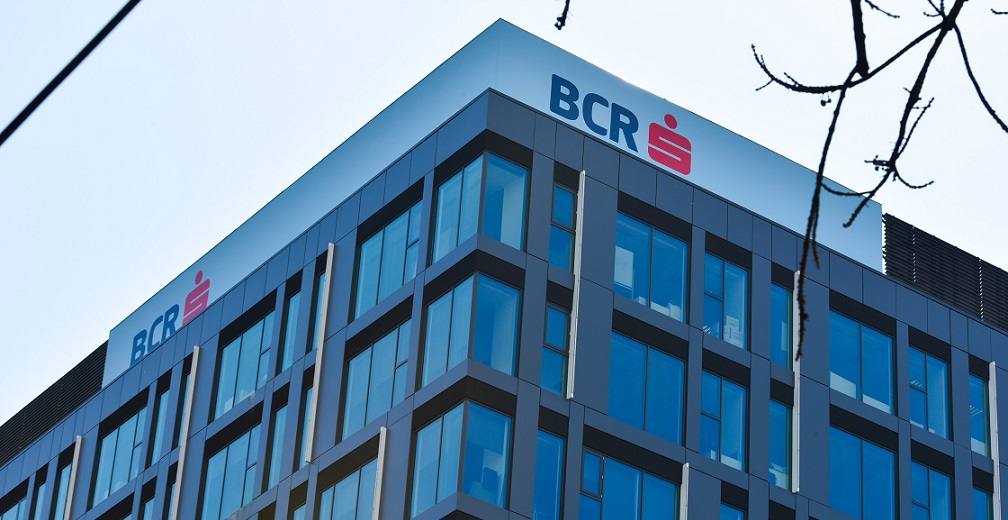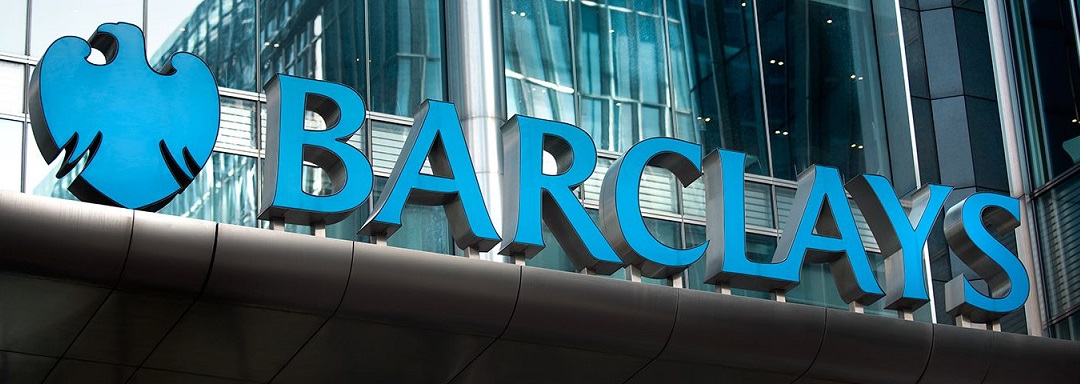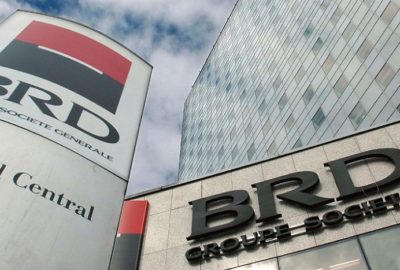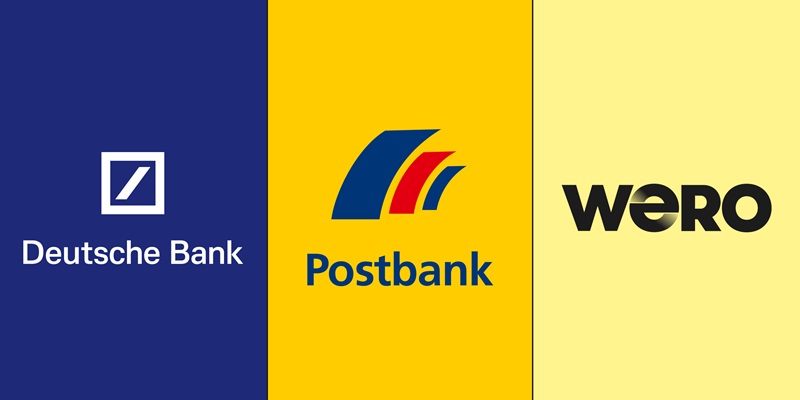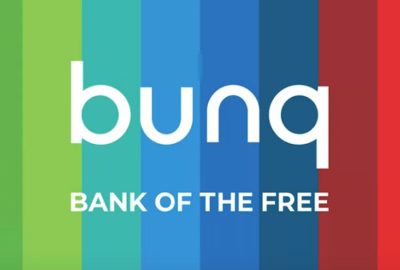BIS Annual Economic Report 2023 – „A unified ledger would combine tokenised forms of CBDC with tokenised bank deposits and other tokenised claims, opening up a new era in the joint development of the monetary system and the economy”
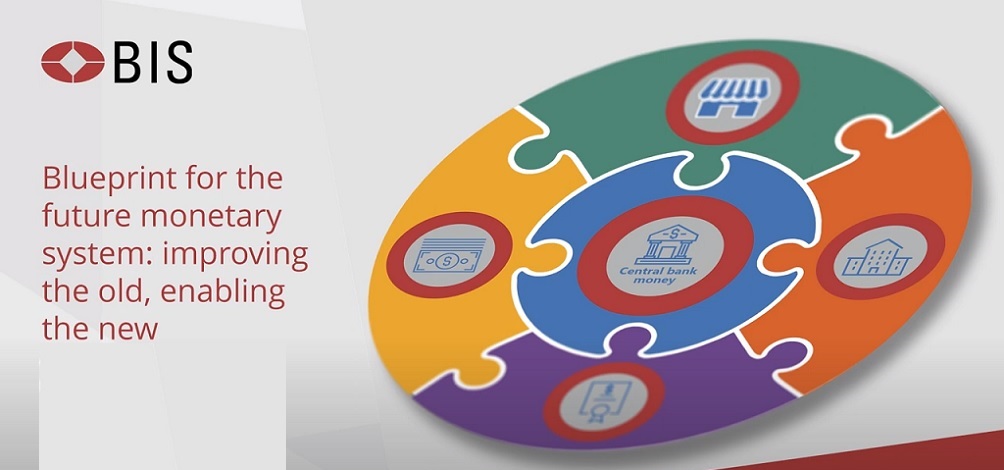
A novel type of financial infrastructure could radically enhance the global financial system, argues a new report by the Bank for International Settlements (BIS). It would combine tokenised money and assets on a programmable platform, expanding the universe of economic arrangements to enhance the capabilities of monetary and financial infrastructures.
The special chapter of the Annual Economic Report 2023 details a blueprint for the future by rethinking the existing pillars of the current monetary system. A unified ledger would combine tokenised forms of central bank digital currency (CBDC) with tokenised bank deposits and other tokenised claims, opening up a new era in the joint development of the monetary system and the economy.
„We are at the cusp of another major leap in the monetary and financial system, which will have far-reaching consequences for the economy and society at large. Bringing together central bank money, commercial money, and different assets on the same platform, all tokenised and interacting, opens up a whole new range of possibilities. This would be a game-changer in how we think about money and how transactions take place.” – Hyun Song Shin, Economic Adviser and Head of Research of the BIS.
The chapter highlights how the future monetary and financial system will improve on the old and enable the new. Examples of possible innovations include:
. New methods for securities settlements that combine all the individual steps into one seamless transaction.
. Tokenised deposits with built-in regulatory checks that simultaneously settle in wholesale CBDC.
. Smart contract-enabled credit that reduces the cost of trade finance for smaller companies, improving global supply chains.
. Enhanced sharing of data on potential borrowers, using privacy-protecting technology, to expand access to credit for disadvantaged segments of the population.
„The benefits would be limited only by the ingenuity of the public and private partners who innovate on the platform. The gains are not just incremental improvements. They address in a more fundamental way the incentive and informational problems that have stood in the way of better economic arrangements.” – added Hyun Song Shin.
Central banks are working together, with other public authorities and the private sector to extend the possibilities offered by the monetary system and improve cross-border integration. The BIS is supporting these efforts with research and experimentation, fulfilling its role as a forum for international cooperation and innovation among central banks.
The full BIS Annual Economic Report and the BIS Annual Report will be published on 25 June.
Key takeaways
Tokenisation of money and assets has great potential, but initiatives to date have taken place in silos without access to central bank money and the foundation of trust it provides.
A new type of financial market infrastructure – a unified ledger – could capture the full benefits of tokenisation by combining central bank money, tokenised deposits and tokenised assets on a programmable platform.
As well as improving existing processes through the seamless integration of transactions, a unified ledger could harness programmability to enable arrangements that are currently not practicable, thereby expanding the universe of possible economic outcomes.
Multiple ledgers – each with a specific use case – might coexist, interlinked by application programming interfaces to ensure interoperability as well as promote financial inclusion and a level playing field.
Dariusz Mazurkiewicz – CEO at BLIK Polish Payment Standard
Banking 4.0 – „how was the experience for you”
„To be honest I think that Sinaia, your conference, is much better then Davos.”
Many more interesting quotes in the video below:

